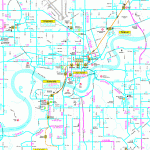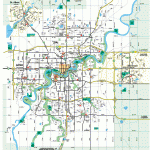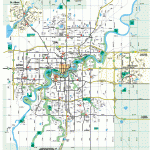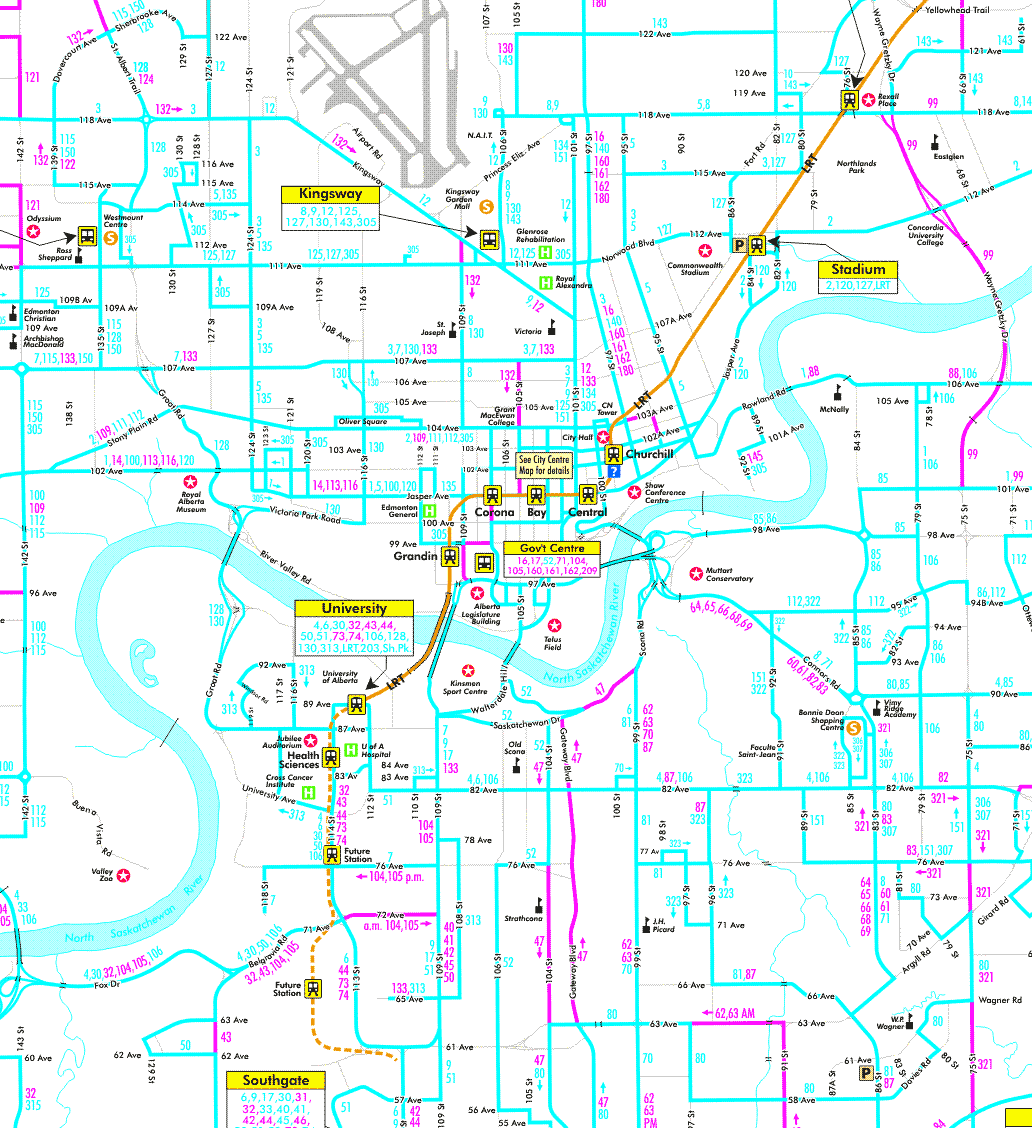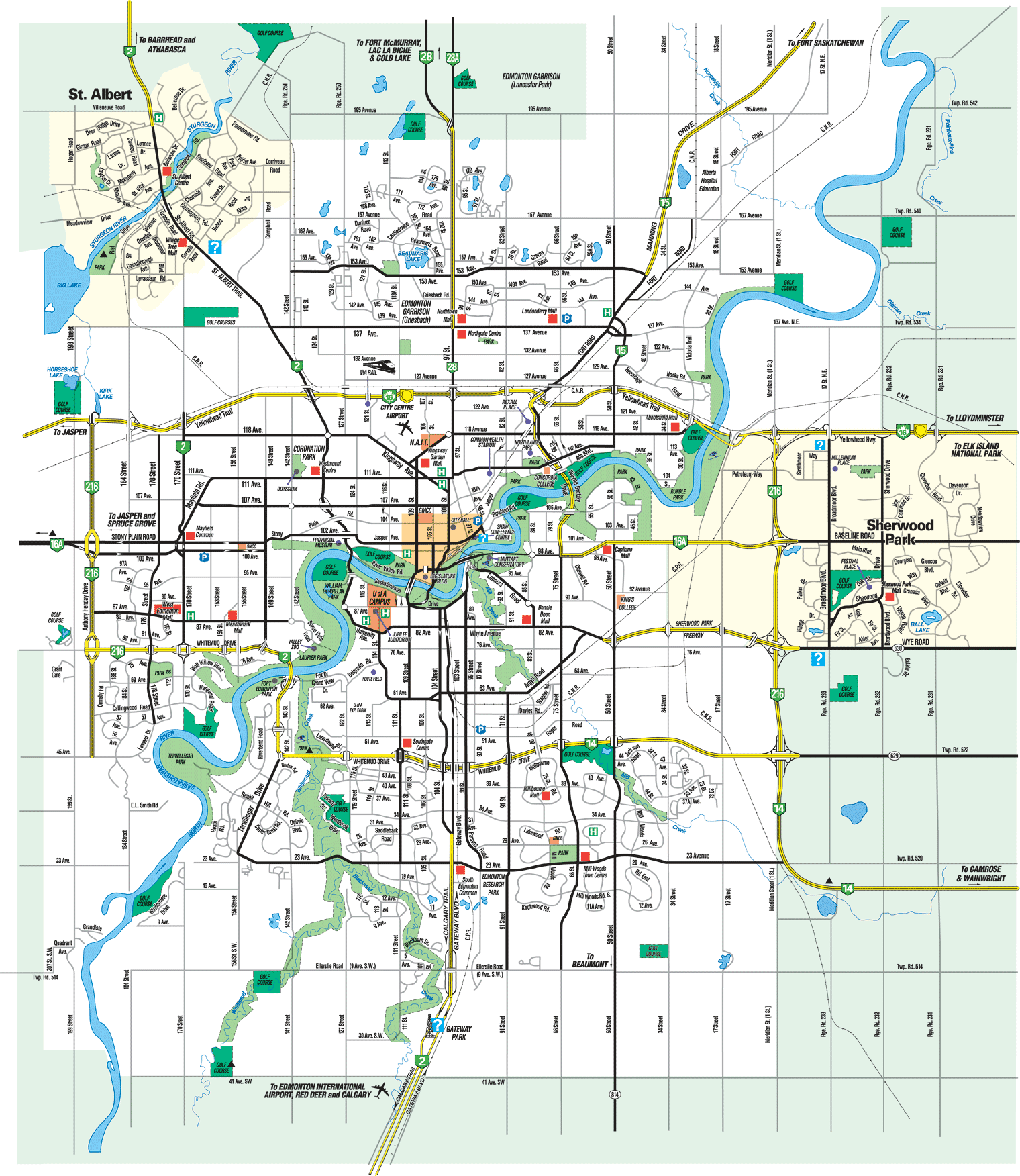Father Lacombe Chapel
Location: On Mission Hill, on St. Vital Avenue (see Mission Hill, this page).
Info: Open daily from May 15 to Labour Day, 10:00 a.m. to 5:00 p.m. Occasional special events include Sunday Fun Days on the first and third Sundays of the month, which portray the lifestyles of Alberta’s early missionaries, settlers, and Metis. Admission is by donation. 780-459-1528; father.lacombe@gov.ab.ca.
Father Lacombe Chapel is the oldest building in Alberta and the heart of the original community. In 1861, the Metis built the unpretentious chapel on the high ground north of the Sturgeon River, using the post-on-sill style known in the west as Red River frame construction. In 1870, a terrible smallpox epidemic occurred, and the mission became a refuge for about 700 Metis and Aboriginal people. The same year, a larger church was built to serve as a cathedral. The chapel became a storage facility until 1929, when it was turned into the Father Lacombe Museum. An Alberta Provincial Historic Site, the Father Lacombe Chapel was restored to reflect its original appearance.
Bilingual interpreters lead visitors on a fascinating tour of Father Lacombe Chapel, the grotto, and the crypt holding Father Lacombe’s and Bishop Grandin’s tombs. You can see demonstrations of pioneer activities and walk through the cemetery where St. Albert’s first families rest.
Locally known as the Bishop’s Palace, Vital Grandin Centre is next to Father Lacombe Chapel. Built in 1887, this was the home of Vital Grandin, Alberta’s first Catholic bishop. Born in northern France, Grandin spent most of his adult life in the northwestern areas that now define Saskatchewan and Alberta. Pope Pius IX installed him as head of the St. Albert Diocese in 1872. Although challenged with a speech impediment, Grandin still ministered to approximately 12,000 Aboriginal people,
5,000 Metis, and a few hundred whites in Alberta, Saskatchewan, and the Northwest Territories, assisted by only nine Oblate priests and a few brothers. He tackled many issues on behalf of his parishioners and was successful in many of his endeavours, including the building of schools, orphanages, and hospitals. In 1884 he acted as a mediator between the Metis and federal government in an unsuccessful attempt to prevent Louis Riel and other Metis leaders from participating in a violent rebellion. Grandin died on June 3, 1902. In 1937, the Roman Catholic Church recognized his holy life and character with beatification. He was declared venerable in 1966.
Edmonton Map Photo Gallery
Musee Heritage Museum Edmonton
Location: St. Albert Place, 5 St. Anne Street, St. Albert. If northbound on St. Albert Trail (Hwy 2), turn left at St. Anne Street.
Info: Open 10:00 a.m. to 5:00 p.m. from Tuesday to Saturday, and 1:00 p.m. to 5:00 p.m. on Sunday. Closed statutory holidays. Admission is free; donations are welcome. 780-4591528; museum@artsheritage.ca.
The Musee Heritage Museum tells St. Albert’s natural and cultural history, with more than 6,500 artifacts that reveal how Aboriginals, Metis, and missionaries contributed to early settlement in the St. Albert area. Housed in St. Albert Place and designed by renowned Canadian architect Douglas Cardinal, the museum aims to appeal to visitors of all ages. A new exhibit is produced annually and hosts multiple travelling collections from around the world. Children will enjoy the interactive Discovery Room where themes change regularly. This museum is worthy of return visits.
Little White School
Location: 2 Madonna Drive, St. Albert. If northbound on St. Albert Trail (Hwy 2), turn left on St. Vital Avenue and left again on Madonna Drive.
Info: Admission is free; donations are welcome. Barrier-free access. Call ahead: 780-4594404.
The Little White School provides an engaging example of the education experience of the mid-20th century. When the school first opened to students in 1948, the nearest water pump was a field away, and students used holes in the basement floor for toilets. The school was originally named the Little Father Jan School, after parish priest Father Alphonse Jan.
Maybe You Like Them Too
- The Best Cities To Visit in The World
- World’s 10 Best Places To Visit
- Coolest Countries in the World to Visit
- Travel to Santorini, Greece
- Map of Barbados – Holiday in Barbados

